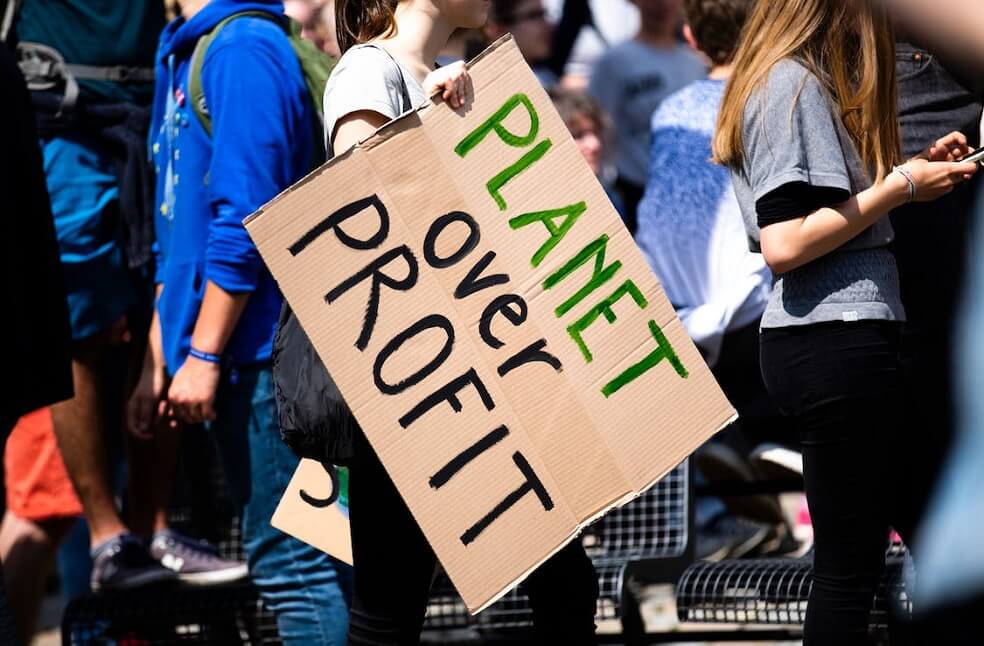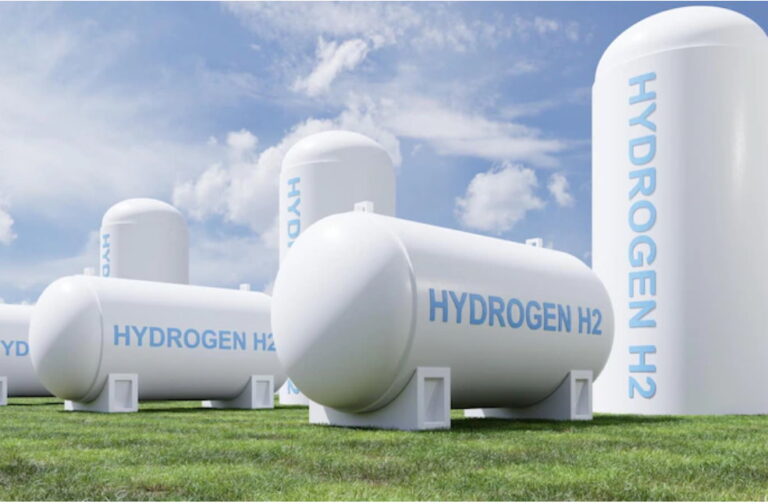France: A new report has found that the global push for clean hydrogen is being delayed due to rising costs and “lagging” policy support from governments.
According to the report from the International Energy Agency (IEA), low-emission hydrogen projects are rapidly expanding, but developers are waiting for government support before investing in them. The report noted that the hydrogen made through processes that are clean or less polluting accounts for less than 1 percent of the gas’s total production and use.
The IEA Executive Director Mr. Fatih Birol commented that the world had seen “incredible momentum” behind low-emission hydrogen projects in recent years, “but a challenging economic environment will now test the resolve of hydrogen developers and policymakers to follow through on planned projects.”

Hydrogen, a gas that burns cleanly, is one of the most promising fuels for lowering the environmental impact of industrial facilities such as steel factories and chemical plants. “But today, almost all hydrogen is made from fossil fuels in a process that releases planet-heating gases,” the report remarked.
“While global hydrogen demand rose to 95 million metric tonnes in 2022, the growth took place in traditional industries and was met almost entirely with unabated fossil fuels. The uptake of hydrogen in new applications, which is key for the clean energy transition, remains minimal, accounting for less than 0.1 percent of global demand,” the analysis found.

Hydrogen can be made more cleanly by splitting water molecules using electricity from renewable sources such as wind turbines and solar panels or by capturing the carbon dioxide released from the traditional fossil fuel-based process.
The IEA report, which counts both methods as low emissions, further noted that annual production could reach 38 million metric tonnes in 2030 if all announced projects are realised, though so far companies have made a final investment decision for only 4 percent of the projects. Of the total potential production, 27 metric tonnes are based on electrolysis and 10 metric tonnes on capturing carbon. According to the analysis, governments have made some efforts to increase the supply of hydrogen but have been slower to encourage demand for it.



